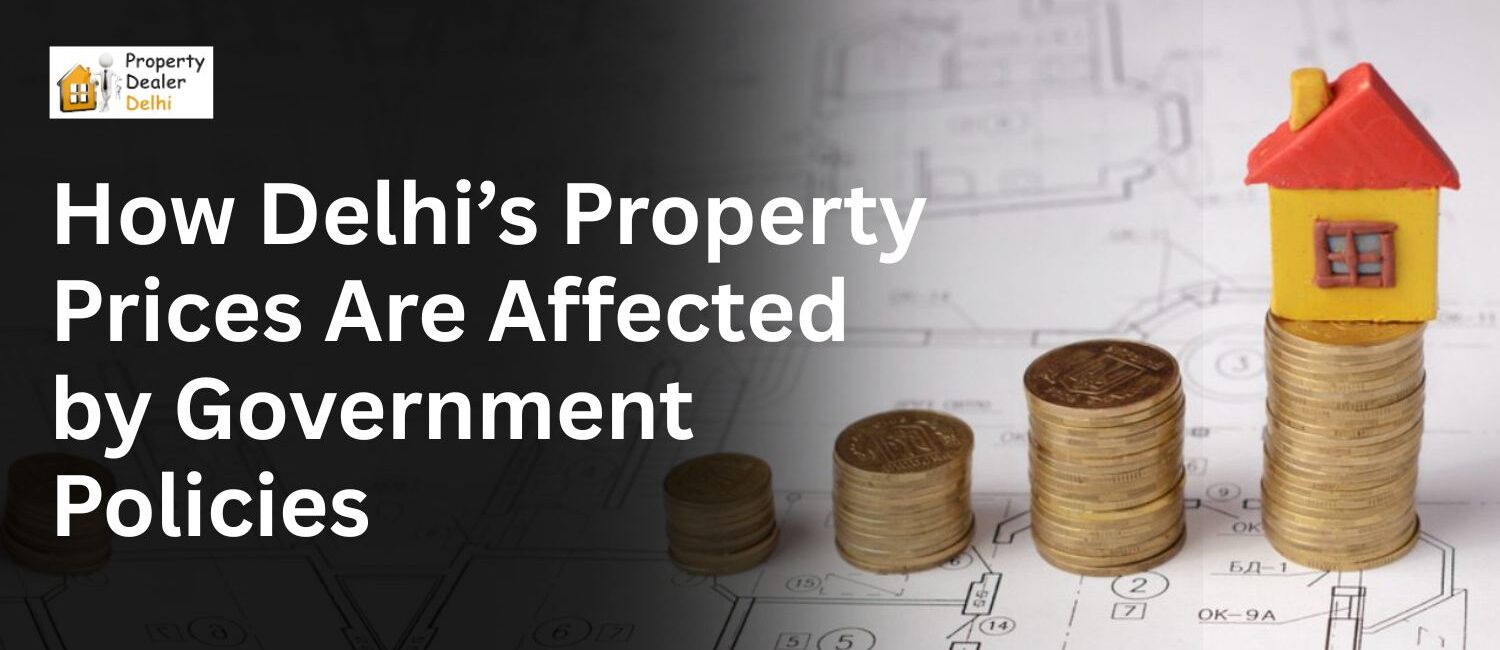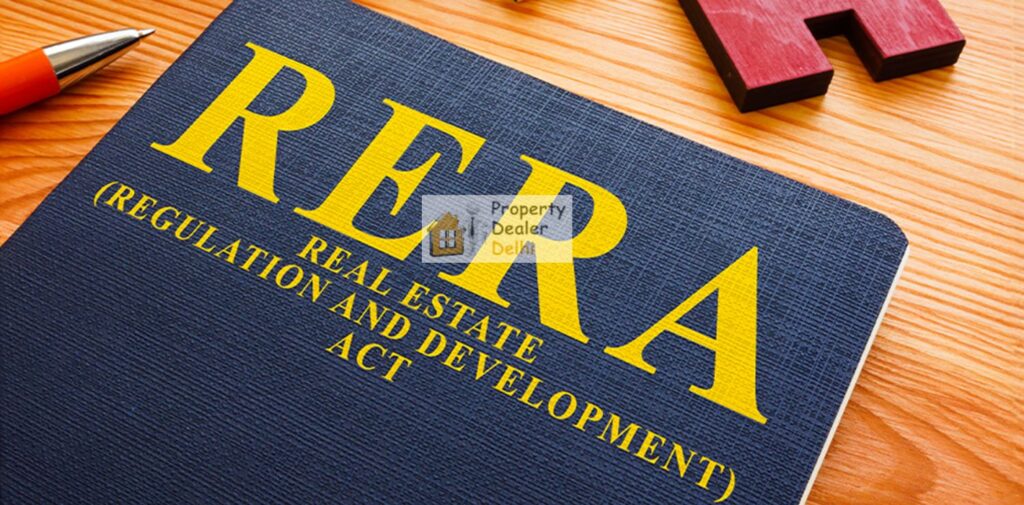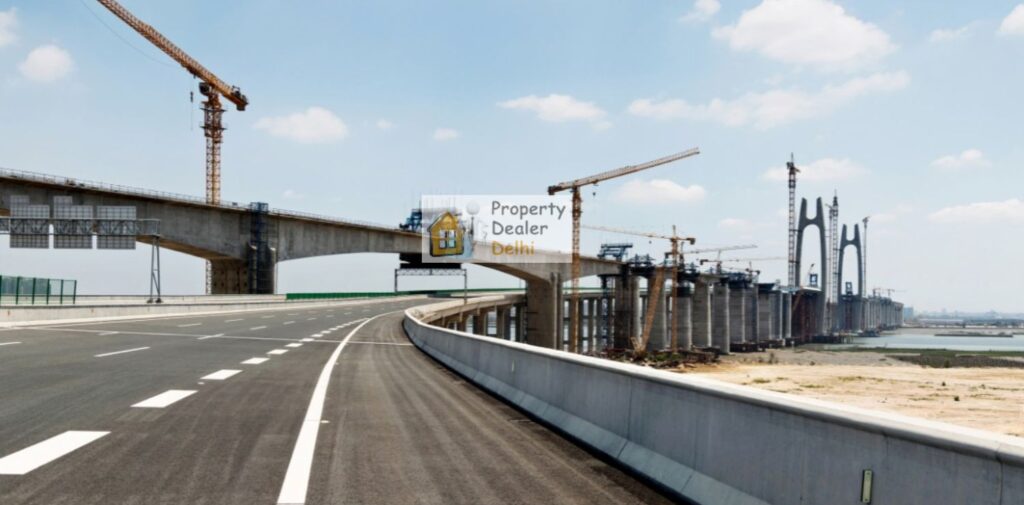
Delhi, as the capital of India, has one of the most dynamic real estate markets in the country. Delhi Property Prices are constantly influenced by various factors, and government policies play a significant role in shaping these price trends. From taxation to housing regulations, these policies impact both buyers and sellers in various ways. In this article, we will explore how Delhi property prices are affected by government policies and how these policies create opportunities and challenges for investors and homeowners alike.
Impact of Housing Policies on Property Prices
The government’s policies related to housing directly influence the real estate market in Delhi. One of the most significant policies is the Affordable Housing Policy, which aims to provide affordable housing to lower-income groups. This initiative often leads to an increase in the construction of residential projects in suburban and developing areas. As more affordable housing projects are introduced, property prices in these areas tend to stabilize, and in some cases, decrease, as developers offer budget-friendly options to attract buyers.
Moreover, policies like the Pradhan Mantri Awas Yojana (PMAY), which offers subsidies to first-time homebuyers, also influence property prices. The demand for affordable housing boosts property prices in certain segments of the market. This has been particularly beneficial in Delhi’s peripheral areas, where the government has been focusing on promoting new residential developments. As more people purchase homes in these areas, the prices can gradually increase due to rising demand, making it a win-win for both buyers and developers.

Influence of Real Estate Regulations and RERA
The implementation of the Real Estate (Regulation and Development) Act (RERA) has brought about significant changes in how the real estate sector operates in Delhi. RERA aims to protect homebuyers by ensuring transparency in property transactions, setting up a regulatory body to oversee the industry, and creating a standard for project approvals. The law also requires developers to register projects before launching, providing homebuyers with more security regarding the delivery and quality of properties.
While RERA has helped increase trust and transparency, it has also affected property prices. Developers are now required to comply with strict timelines and quality standards, which may lead to higher construction costs. These added expenses are often passed on to buyers, causing property prices to rise, especially in premium and luxury segments. However, this also ensures that the buyer gets value for their money, as properties are more likely to be delivered on time and with the promised features.
Taxation Policies and Their Effect on Property Prices
Government tax policies are another important factor that influences property prices in Delhi. The introduction of Goods and Services Tax (GST) on real estate transactions has had a significant impact on the property market. While GST has made property transactions more transparent, it has also increased the overall cost of buying properties. Under GST, developers must pay taxes on construction costs, and this is passed on to the buyers in the form of higher property prices.
Additionally, stamp duty and registration charges also play a role in determining property prices in Delhi. The rates of stamp duty vary depending on the location of the property and whether it is residential or commercial. Higher stamp duty charges can discourage property buyers, leading to a decrease in demand, which can, in turn, reduce prices in certain areas. Conversely, reductions in stamp duty, as seen during some government initiatives, can lead to a surge in property transactions, which might drive up prices.

Government Infrastructure Development and Its Impact on Property Prices
One of the most influential ways that government policies affect property prices is through the development of infrastructure. The government’s investment in projects like the Delhi Metro, flyovers, highways, and the development of commercial hubs has a direct impact on property demand and prices. As infrastructure projects improve connectivity, especially to distant parts of the city, property prices in those areas tend to rise.
For instance, areas like Dwarka, Rohini, and Noida have seen significant price increases over the years, largely due to the development of metro connectivity and other infrastructure projects. Investors and buyers are more likely to invest in properties that are well-connected to the rest of the city, and this increased demand drives up prices.
The government’s focus on creating smart cities and improving urban planning has also had a positive impact on property prices. As the city modernizes, new residential and commercial developments are attracting higher investment, further pushing up property values.
Conclusion: Delhi Property Prices
Delhi’s property market is highly sensitive to government policies, with various regulations and initiatives influencing prices in multiple ways. Housing policies like PMAY and affordable housing schemes can make homes more accessible while also affecting price trends. Regulations like RERA ensure transparency but can lead to price increases due to stricter construction standards. Taxation policies, such as GST and stamp duty, also play a role in determining the final cost of property transactions. Lastly, government investment in infrastructure continues to have a direct and powerful impact on property prices, especially in newly developed or developing areas.
For homebuyers, investors, and developers in Delhi, staying informed about government policies is crucial for making the right decisions. By understanding how these policies affect property prices, you can make better investment choices and take advantage of opportunities in the market. Whether you’re buying your first home or looking to invest in commercial property, government policies will undoubtedly continue to shape Delhi’s real estate market for years to come.

